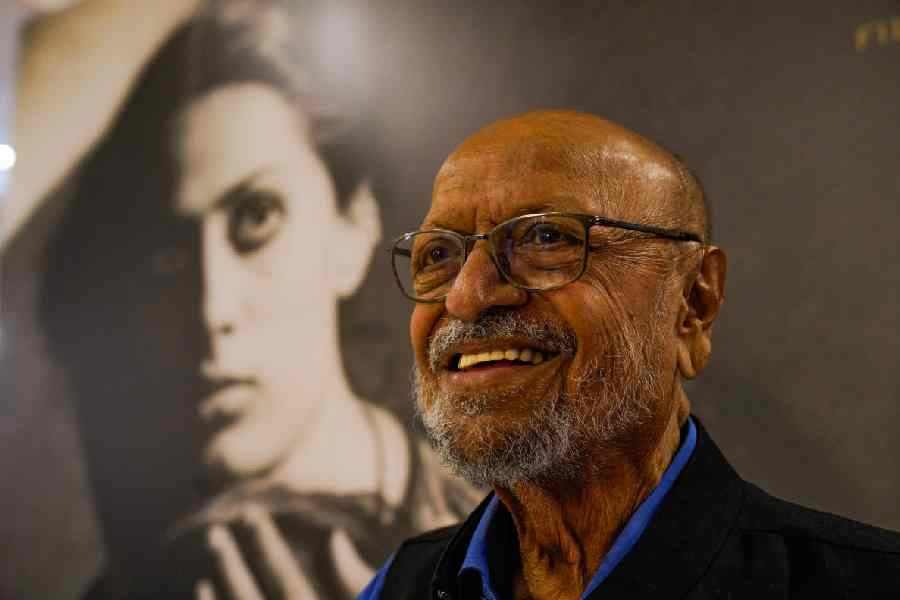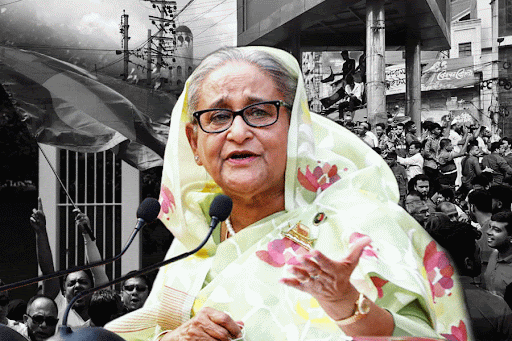An Indian election produces interesting TV. In the normal course, it would be natural for a hardworking politician to have a public breakdown on hearing the news of defeat. Since the devastation would inevitably be caught on someone’s mobile phone and, quite cruelly, publicised on social media and TV, the voyeuristic impulses of the people would be satisfied.
Tuesday’s election outcome contained many surprises. What took the biscuit was, in my view, the unseemly spectacle of a reputed pollster breaking down in tears when his exit poll outcome was contrasted with reality. Of course, the tears were an expedient diversion since it prevented any rigorous scrutiny of why the assessment was so off the mark.
The 2024 general election resulted in a slim majority for the National Democratic Alliance, but it also led to the Bharatiya Janata Party falling short of the halfway mark in the Lok Sabha. Prime Minister Narendra Modi was completely right in seeing the NDA’s third consecutive victory as a huge achievement that had only been matched by Jawaharlal Nehru in the country’s first three general elections. However, since the benchmark had been set by the dramatic exit poll findings two days ago that foresaw an emphatic NDA victory, the overall public perception was different. It was best summed up by a message doing the WhatsApp rounds: “The Indian voter has given a verdict that will be remembered for a very long time. They have given the BJP and allies a victory that feels like a defeat. They have given the INDI alliance a defeat that feels like a victory.”
It is one thing for the editorial classes to view the election verdict through the make-believe prism of flawed exit polls but the political class cannot afford to be facile. The BJP may have been brought down a few key notches by voters in the Hindi heartland who may well have been taken for granted, but it is instructive to bear in mind that the 240 or so seats that it won were more than the combined tally of the INDI Alliance and more than double the 99 seats secured by the Congress.
In geographical terms, the failure of the BJP to cross the majority 272 mark owed principally to its reverses in Uttar Pradesh, Rajasthan and Maharashtra. There were also significant setbacks in Haryana and West Bengal. The party gained significantly in Odisha, Telangana and Andhra Pradesh, but these were not enough to offset the big losses in northern India.
Since the election was fought by the BJP almost entirely on the Modi charisma and the Modi guarantees, it is tempting to attribute the fall in the party’s tally to a public erosion of faith in the prime minister. Such an assertion is based on the premise that voting behaviour followed a broadly uniform pattern all over the country. Even a superficial analysis of the results would show that the attempt to make the 2024 general election a referendum on Modi didn’t entirely succeed.
In northern India, for example, the BJP once again reversed the voting pattern in the assembly poll and won all the seven seats in Delhi, like in 2014 and 2019. It also made a clean sweep of the National Capital Region, retaining its hold on southern Haryana and western Uttar Pradesh. However, a completely different picture emerged in Awadh and the Purvanchal regions of the state. There, the losses led to the BJP losing the Faizabad seat (which includes Ayodhya) and Modi’s own majority in Varanasi being slashed.
Initial reports suggest that rural distress was a factor behind the BJP’s poor showing in central and eastern Uttar Pradesh. The reports should not be discounted entirely. However, it is curious that the economic factors that are said to have contributed to the BJP’s losses in Uttar Pradesh and Rajasthan were absent from the minds of voters in Madhya Pradesh and Chhattisgarh where the INDI Alliance was decimated. It didn’t also seem to have made any impact in Bihar where Tejashwi Yadav was said to be the rising force.
This prompts a question that is doing the rounds of the sangh parivar ecosystem since Tuesday evening: did the BJP defeat the BJP? The problem of inner-party feuds influencing political mobilisation of a dominant party isn’t a unique phenomenon. In the 1950s and the 1960s, the Congress frequently suffered from this malaise, and its impact was occasionally felt in the stray victories of Opposition candidates. Since elections have become far more competitive in the past three decades and the BJP’s status as the new dominant party is still a work in progress, it is possible that Yogi Adityanath’s supposed detachment from the election campaign and the resentment in the Rajasthan BJP over Vasundhara Raje’s eclipse played a part in the BJP’s disappointing performance in these states.
Likewise, there is a temptation to attribute the inability of the BJP in West Bengal to make further headway to a cultural disconnect with the Bengali bhadralok ethos. While this may have been a factor in the BJP’s alienation from middle-class Bengalis in the past, the party has become more culturally sensitive after 2014. The successive victories in Assam and Tripura and Tuesday’s triumph over the Biju Janata Dal in Odisha could not have happened had the BJP in eastern India been compliant slaves to a Hindi heartland culture. While it is true that local BJP units often squander resources hosting leaders from northern India who are unfamiliar in Bengal, this cultural disconnect has often been used to conceal a larger problem: the absence of political and organisational cohesion within the local unit.
There were local issues that felled the BJP in Maharashtra too, the most notable of which was a reaction to the perceived overkill of Uddhav Thackeray and Sharad Pawar.
However, while acknowledging that local factors derailed a campaign, it is important to bear in mind that the BJP’s 36.56% popular vote share owes disproportionately to the leadership and the charisma of the prime minister, not to mention his record in government. There was undoubtedly a sharp censure of the party’s waywardness in some states and even a protest vote against specific political steps, but the public approval of the leadership of Modi far outweighed those seeking an alternative government.











